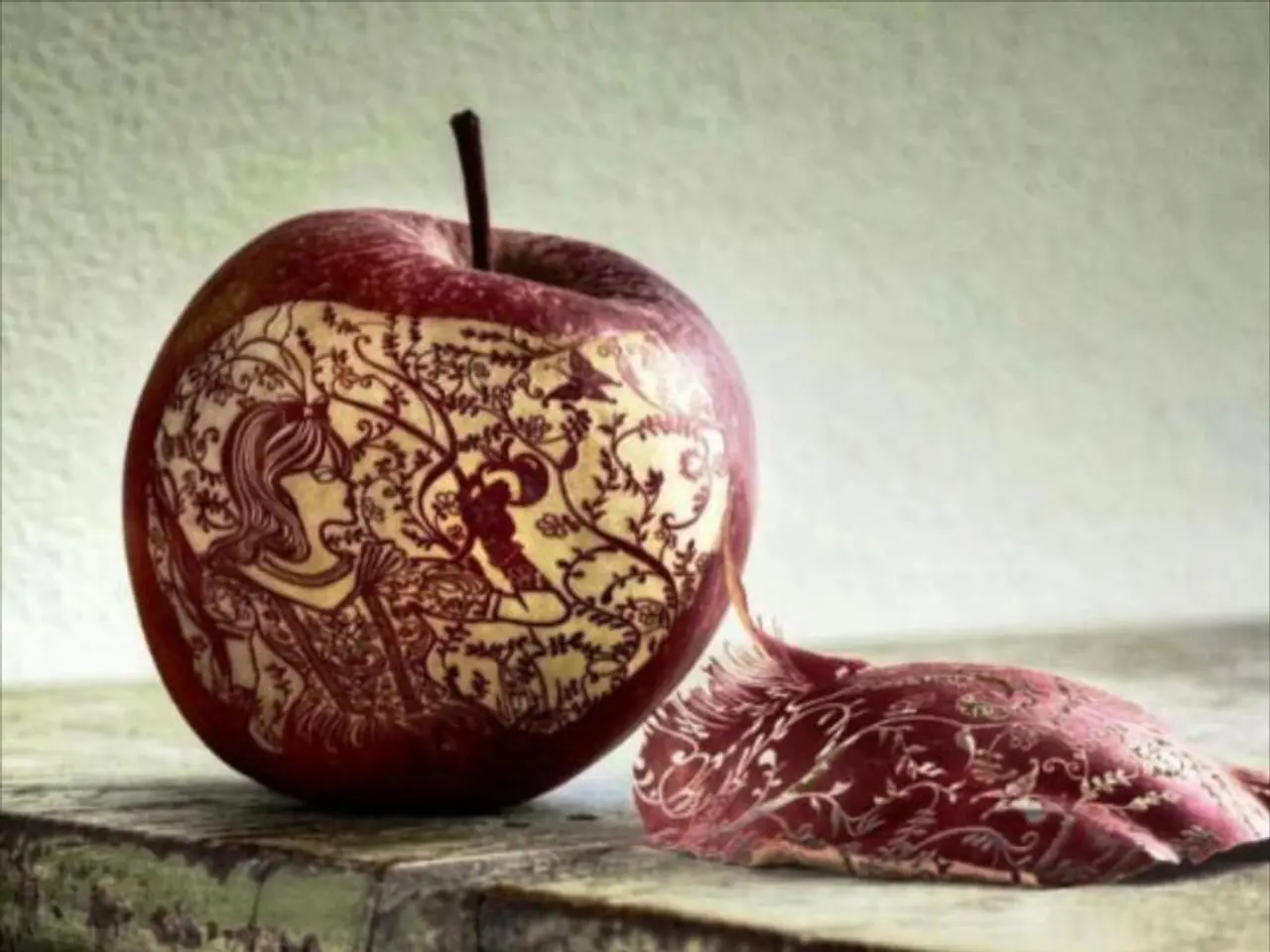Apple's Design Mistakes Number 5
In the world of tech giants, Apple is no stranger to innovation. However, its journey has not been without hiccups, particularly when it comes to user experience (UX) and design. Here's a glimpse into some of the company's notable UX failures and design issues throughout its history.
One of the earliest major UX failures was the Newton Personal Digital Assistant (PDA), introduced in the 1990s. Its handwriting recognition technology frustrated users, and the product ultimately diverted company resources.
Apple's software division, Claris, was also a source of trouble. Spun off then reabsorbed, this mismanagement led to inconsistent software experiences across platforms.
In the realm of operating systems, Apple struggled in the 1990s. Projects like Taligent and Kaleida Labs failed, resulting in software fragmentation that negatively affected UX.
Post-iOS 7, Apple made significant changes to UI aesthetics. While these changes were ambitious, they removed visual affordances, reducing discoverability and content density, causing confusion for users.
Some operating system updates, particularly the move from iOS 6 to iOS 7 and later changes like the Liquid Glass effect, have also reduced readability, discoverability, and information density, decreasing usability.
The introduction of features like App Tracking Transparency and child safety features in iOS 15 has been met with polarized responses. While privacy-conscious, these features have disrupted advertisers and developers, illustrating tensions in UX related to privacy vs. business needs.
The Macintosh Application Environment (MAE) was another UX challenge. In the mid-1990s, Apple's attempt to port the Mac System 7 on UNIX platforms like Solaris was complex and jarring, with cluttered UI elements that broke UX norms.
The iPhone 6, despite some minor issues such as being easy to bend and potentially prone to damage from being carried in a pocket, is expected to recover. However, it's worth noting that the Newton OS, a precursor to the iPhone/iPad series, was a touch screen device that was so bad it led to the abandonment of the PDA product a few years after launch.
The Pippin games console, another product from Apple's past, is one of the least memorable in history. Over-priced and lacking developer support, it was eventually discontinued by Steve Jobs upon his return to Apple.
The 20th anniversary of the Apple Macintosh was celebrated with a product that had a bronze casing and a price tag of $7,500, which was not popular with consumers.
Apple has a history of developing products that faced declining market share and were subsequently discontinued. The Apple III, released after the successful Apple II, had a tendency to spit out chips from their sockets and substantially overheat.
In recent years, some iPhone 6 users have complained about their devices constantly crashing. Despite these challenges, Apple continues to push the boundaries of innovation, learning from its past mistakes to create better user experiences in the future.
- Despite the advancements in technology, Apple's handheld device Newton PDA, introduced in the 1990s, was marred by frustrating handwriting recognition technology, leading to a diversion of company resources.
- In the 1990s, Apple, while exploring new operating systems like Taligent and Kaleida Labs, encountered failures that resulted in software fragmentation, negatively impacting user experience.




